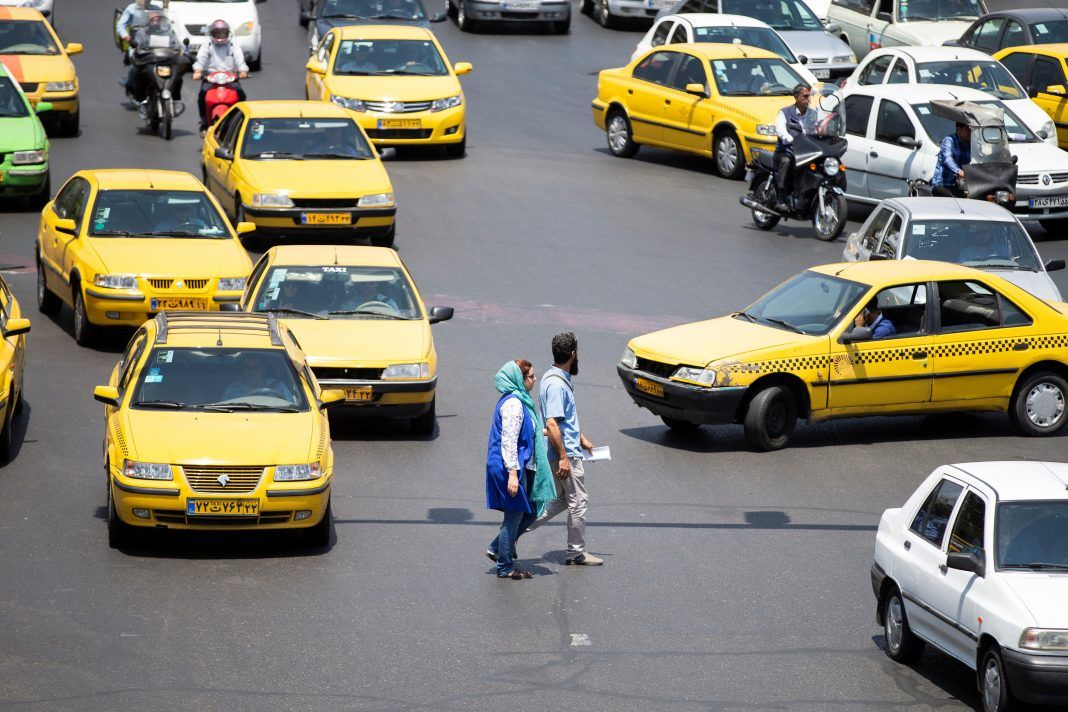Women who live in the affluent northern and northwestern neighborhoods of Tehran feel safer than those whose homes are in the impoverished southern districts of the city, the Tasnim news agency reported, citing a recent survey by the Greater Tehran Municipality.
“Women felt safest in Greater Tehran’s northeastern municipal district 1, and the northwestern districts 21 and 3,” the report said,. “However, they felt least safe in the south-central municipal district 12, southwestern district 13, and southeastern district 18.”
Greater Tehran is divided into 22 municipal districts. Except for districts 1 and 20, which are in the counties of Shemiranat and Rey, the rest are in Tehran County’s Central District.
According to the survey, residents of the city’s north-central municipal district 6 were happiest with the locations of their homes, followed closely by those living in districts 3 and 1.
Tehran’s south-central municipal districts 12, 17, and 11 have, respectively, the highest number of homeless people who sleep rough in cardboard boxes. The city’s northern district 1 and the north-central municipal districts 11 and 17 have the lowest number of homeless people.
The survey showed that most of the city’s drug trade took place in the economically disadvantaged southern district 18 and in Tehran’s south-central districts 17 and 16. The city’s northeastern municipal districts 1 and 3 and northwestern district 5 have the lowest drug activities.
Curiously enough, the vast majority of the residents of district 20, which is one of Tehran’s most impoverished neighborhoods, and those living in the prosperous districts 6 and 22 indicated that they trusted Tehran City Hall. However, many in the prosperous district 3 and the disadvantaged south-central municipal districts 10 and 12 said they did not trust city officials.
The survey showed that the highest number of people who sought the advice and help of their local councils were in municipal districts 22, 13 and 10. Conversely, districts 6, 3, and the northeastern district 4 recorded the lowest number of people consulting the Citizens Advice Bureau at their local councils.
The residents of municipal districts 22, 1, and 6 were highly satisfied with the work of the Street and Sanitation Department, which kept their affluent neighborhoods clean. However, those living in the poor districts 12, 10, and 18 were critical of the city for not providing garbage collection services to their neighborhoods.
According to the survey, while the city exercised greater control over the activities of street vendors and peddlers in affluent districts 1, 6 and 5, authorities did not monitor similar activities in the poor and working class districts18, 13 and the northeastern district 8.
[Translated from Persian by Fardine Hamidi]



